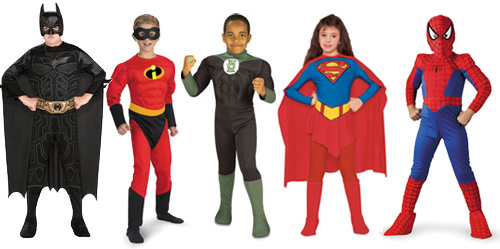How are we going to end the COVID-19 virus lockdowns? When are we going to go back to normal life? You are surely wondering this, and your children are certainly asking you! My teenager and ten year old would like to go back to their soccer games and birthday parties, and to be honest, so would I. We miss human connection, and the opportunity to be with our tribe. We miss pot lucks and barbecues, bake sales and tournaments. We miss it all. We even miss the things we used to complain about.
People are getting antsy in their second month of home confinement. The common consensus is that with time, testing and slowly phasing out stay-at-home restrictions that we as a country will get back to normal. I hate to be the one to break this to you, but this is a very rosy scenario, one that doesn’t take into account states and cities that are harder hit than others. There’s no magic wand. It’s not going to all go back to normal all at once. In fact, it may not ever look the same in our lifetimes.
Most experts are saying normal life won’t resume until 2022. That’s a long time. I have had a lot of anxiety about re-entering society. As the mom of a child with multiple medical issues I’m worried about entering society too soon. My daughter is one of the 20% of Americans who are considered “At Risk,” along with cancer patients, diabetics, and people with auto-immune disease. We already live with unpredictable futures and social distance. We call it the Cost of Living Vibrantly. If she gets sick, we go to the hospital. If one of her friends or our family gets sick, they notify us and we stay away. We’ve missed family gatherings at Thanksgiving and Easter multiple years due to family illness. She’s been hospitalized over her birthday and Memorial Day. Everything can be dropped at a moment’s notice, and though it is disappointing, it is necessary. My daughter Wendy is exceptionally good at rolling with the punches, and it has served her well throughout her life because she’s missed out on a lot of events.
I’ve recently read a quote from Maya Angelou, who was quoting from a Country song:
“Every Storm Runs Out of Rain.”
It’s a version of “This too shall pass,” the idea that nothing is permanent, that nothing will last forever. Winston Churchill once famously said, “If you’re going through Hell, keep going.” But as I was thinking about the Maya Angelou quote more, I got to thinking that maybe we should think about some areas of the country right now as being rainier than others. If New York City is suffering a deluge, South Dakota is in a drizzle. Storms cancel events like concerts, soccer games, and other social gatherings. When the rain or snow clears, and blue skies break through, people can start to go outside and see their friends. It will be easier to reopen some parts of the country than others, and this is clearly an oversimplification, but it can in some ways be helpful. The question, “Should I go to Boston for my doctor’s appointment?” can be answered with the response, “Nope. Still too rainy.”
People, too, can be too rainy, or can have their own personal rainstorms. I like to think of Olaf from Frozen with his own personal flurry. Where we live in southern Massachusetts might be ready to reopen, it might be considered “sunny,” but for my daughter, as well as for other people in the “At Risk” population, there’s still a chance for storms. So we decide to stay home. There will be a million situations in the next two years when we need to make this kind of decision, and a million situations among all the other twenty percent of people who have a medical condition. It will be a patchwork quilt of decisions concerning risk and reward.

I would love it if our leaders considered a special recommendation for the “At Risk” population, to know when it’s safe to venture out. When one out of every five people has a reason to stay inside, it makes sense to know when it’s Partly Cloudy, Chance of Rain, or a violent storm. The combination of what the rain outside will be, along with personal rain clouds of people, will allow us to make better decisions.
I chafe at the idea that some people are posing that my child’s death, or the death of an elderly citizen, a war vet, or someone with underlying health conditions is an acceptable risk for the country to reopen in order to save the economy. I’ve spent a lot of my life keeping my own daughter alive. There needs to be special measures put into place to protect as many citizens as possible, for as long as possible. As I said in my last post, the people who are determining acceptable risk consider their “only” is actually my “everything.” While I understand there is no playbook available on how re-opening is supposed to go, I beg the people who make these decisions to keep the At Risk population in their calculations for re-opening towns, cities, and states.
Please press your elected officials to consider the At Risk Populations when looking to emerge from Lockdown and stay at home conditions. Thank you.









